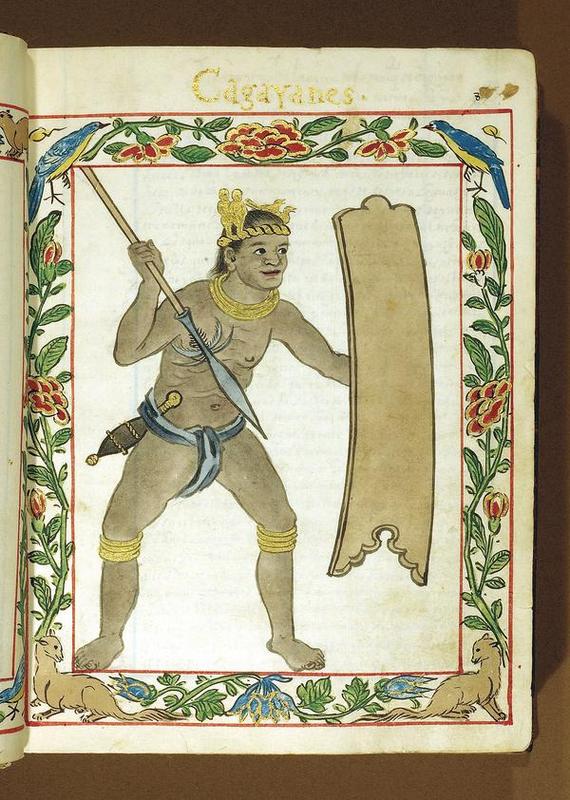I wrote this light essay originally as a column piece for the November 17, 2003 issue of Northern Dispatch Weekly. It seems timely that I re-post it here with some minor edits, now that the issue of Baguio City’s rapid deforestation is heating up anew. A giant mall has been intending to cut 182 trees in Luneta Hill, on top of big real estate developers having already cleared up a bigger number of pure pine stands in and around the city in past years.
In a column piece I wrote earlier this year, I confessed to the embarrassing fact that I was a frustrated peasant. A frustrated urban peasant, to be more specific. With emphasis on “frustrated.” At least that’s how I feel, more and more frequently these days.
My wife has more success with her orchids, ferns and peperomias — and to think that she merely used our outhouse-type toilet-bathroom as a rudimentary greenhouse. Without intending it, she turned it into an accidental orchidarium-terrarium, complete with ants, spiders, and lizards that spice up our every visit to the toilet. The only creature lacking is a fruit bat, gecko or baby constrictor crawling along the rough-hewn coconut lumber beams of the outhouse, to give our jungle alcove that extra oomph.




